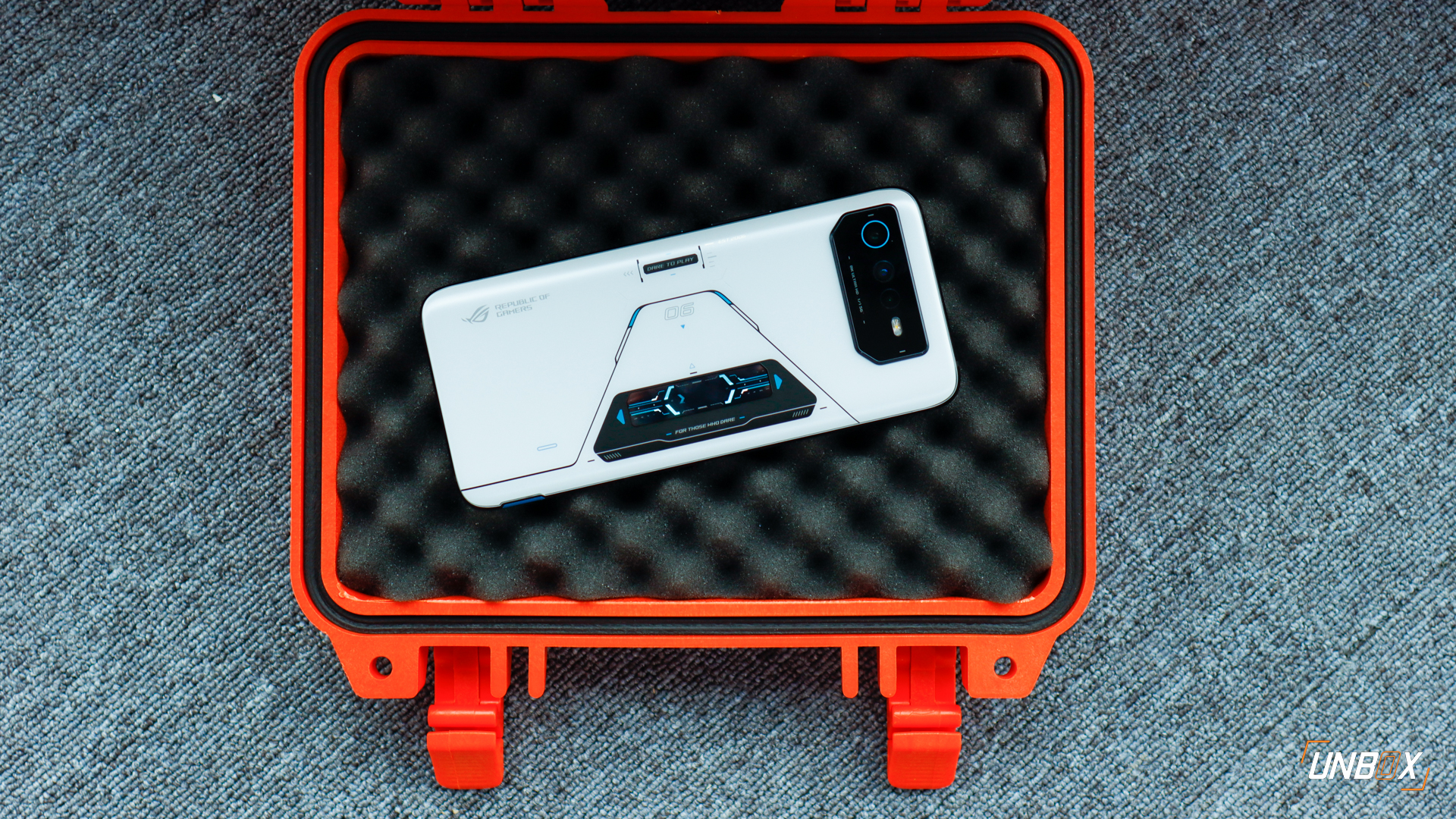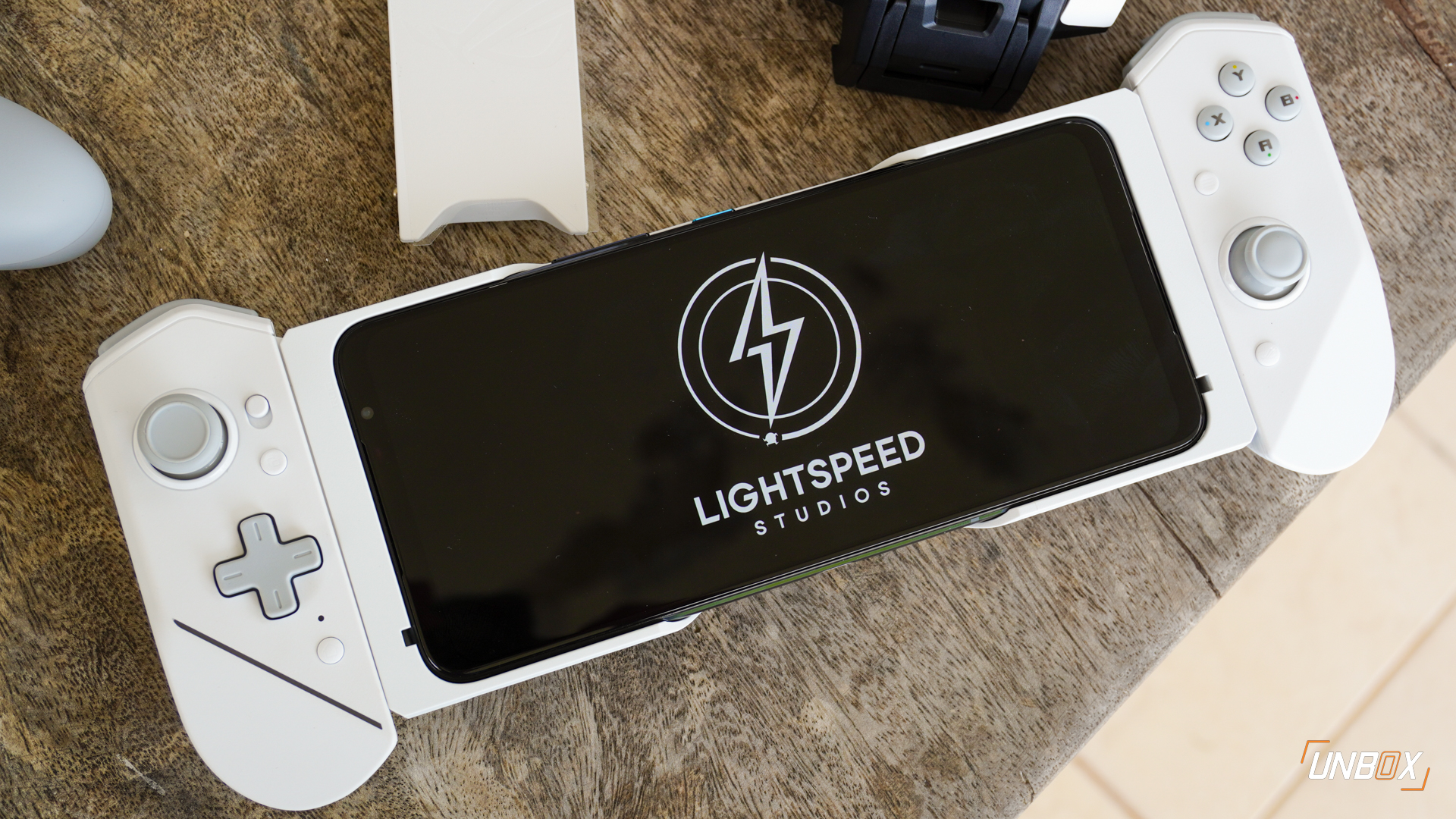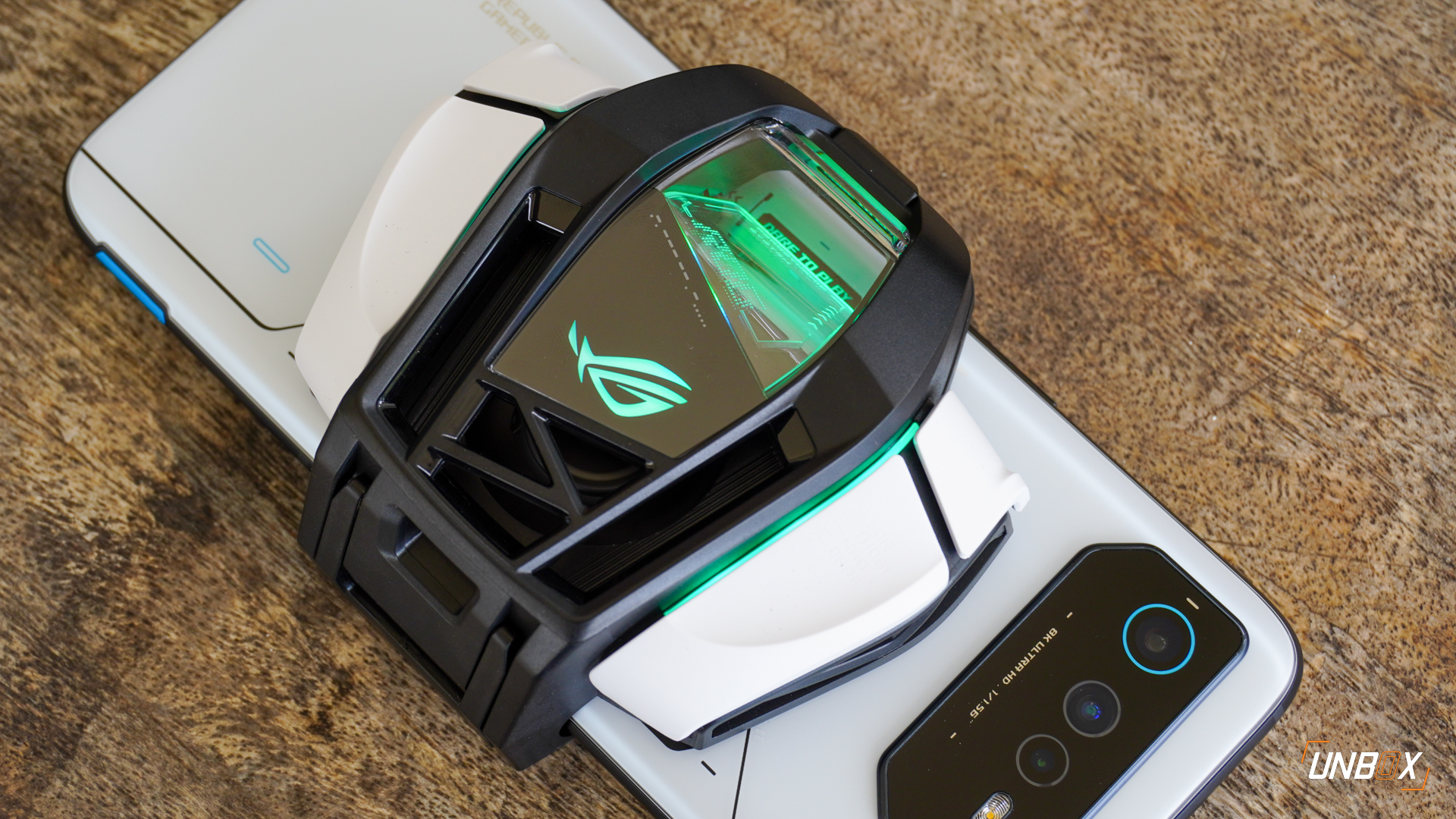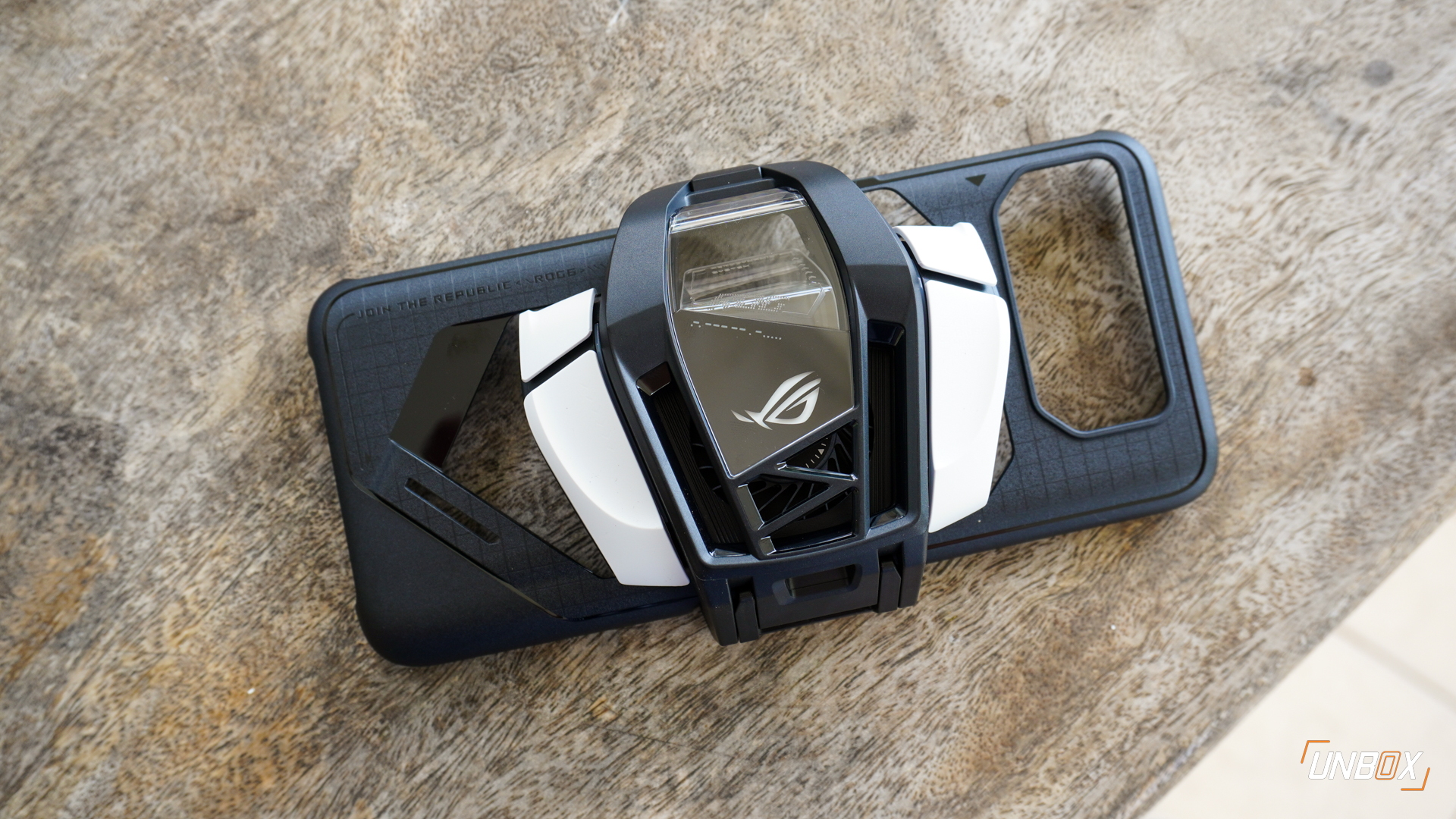Initial Verdict: The ASUS ROG Phone 6 Pro is back, and is ready to dominate the gaming phone segment in the Philippines. There are only a few changes, and those changes are important enough to leverage its status as the gaming phone to beat.
Pros
- Splash resistance on a gaming phone
- Snapdragon 8+ Gen 1 Processor
- Still has a robust accessory ecosystem
- Some backwards compatibility with previous accessories
Cons
- Potentially expensive
- Still no wireless charging
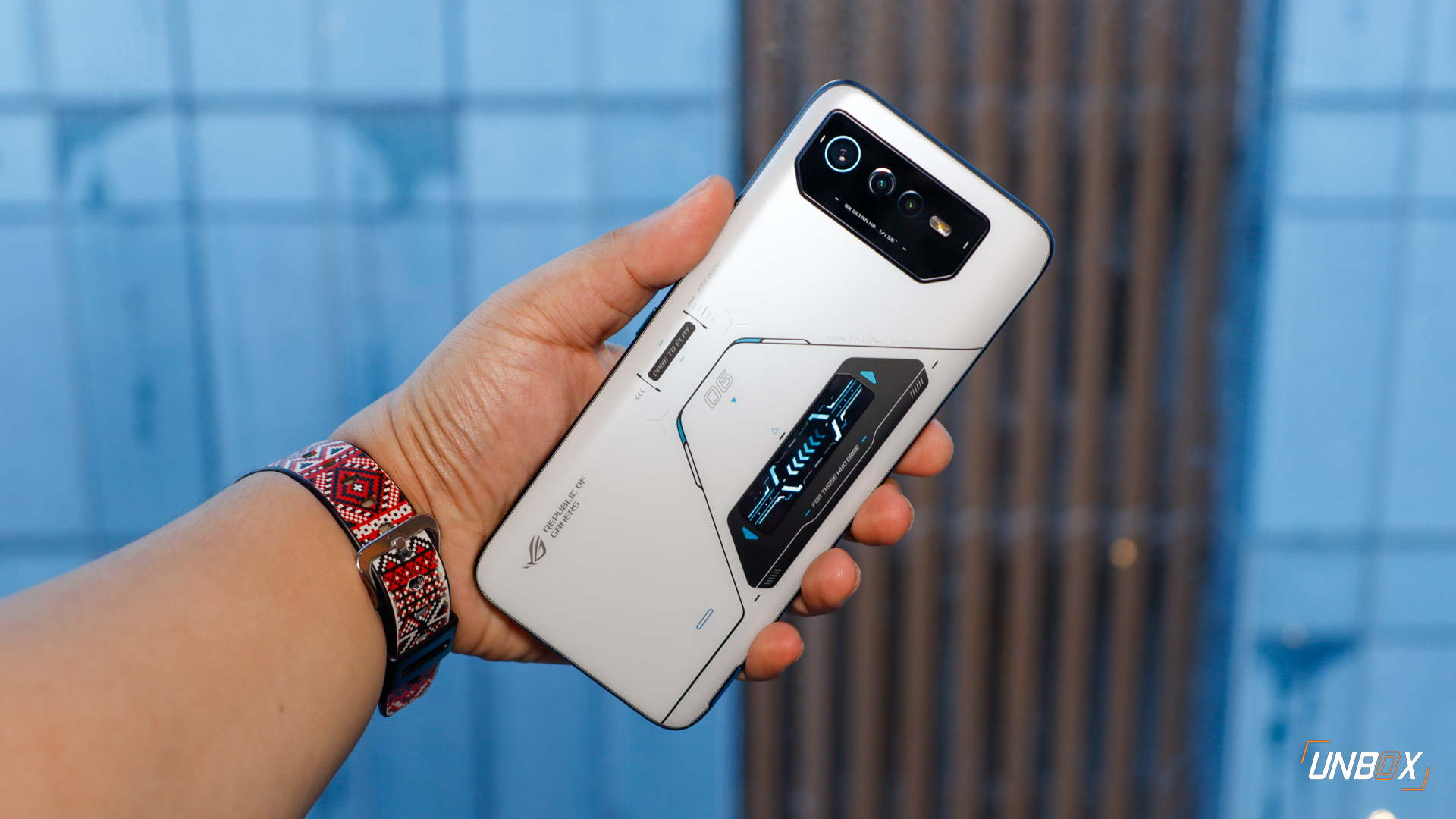
ASUS ROG Phone 6 Pro Philippines Specs:
- Snapdragon 8+ Gen 1 processor
- 18GB LPDDR5 RAM
- 512GB UFS 3.1 storage
- 6.78-inch Full HD+ AMOLED display, 165hz refresh rate, 1ms response rate, 720hz touch sampling rate, 10-bit color
- ROG Vision rear display
- 50-megapixel f/1.8 IMX 766 main camera with PDAF, 5-megapixel f/2.4 macro camera, 13-megapixel f/2.4 ultra-wide-angle camera
- 12-megapixel IMX 663 selfie camera
- 4G, 5G
- WiFi 6E, Bluetooth 5.2
- Stereo speakers, in-display fingerprint scanner, IPx4 Rating
- 6000mAh battery
- 65w wired charging
- Android 12, ROG UI
It has been 10 months since the ROG 5s became official, and ASUS has decided to skip on the Snapdragon 8 Gen 1 for the ROG Phone 6, settling instead for the more powerful (and more efficient) Snapdragon 8+ Gen 1. It seems that ASUS is back on an annual release for the ROG phone line, with the ROG Phone 6 Pro introducing a few upgrades from its predecessor.
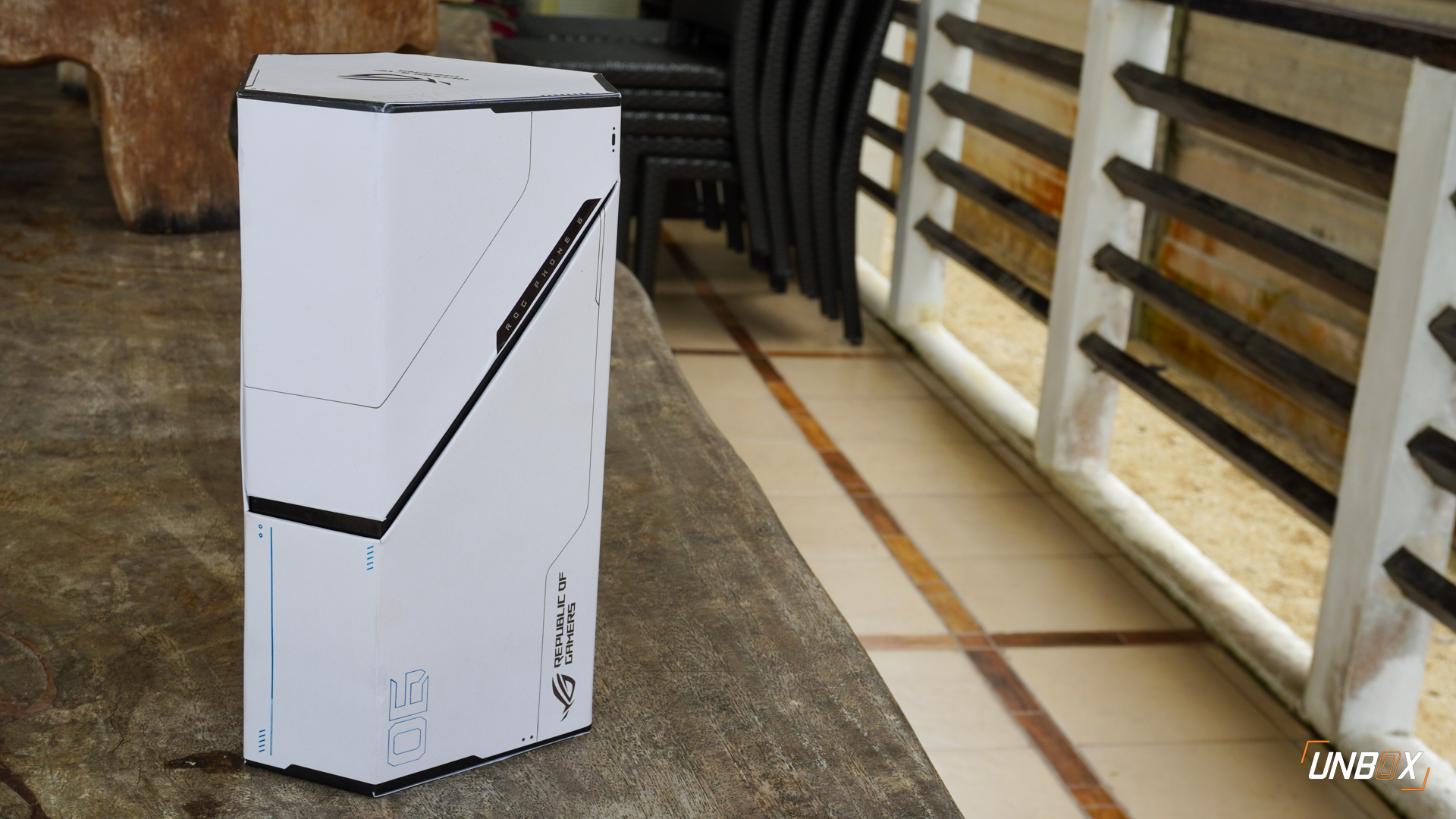
Unboxing and Packaging Contents
Like previous models, ASUS goes the extra mile when it comes to the packaging for the ROG Phone 6 Pro. You get a space-inspired cylindrical box for it that has ROG branding and a unique way of opening the box.
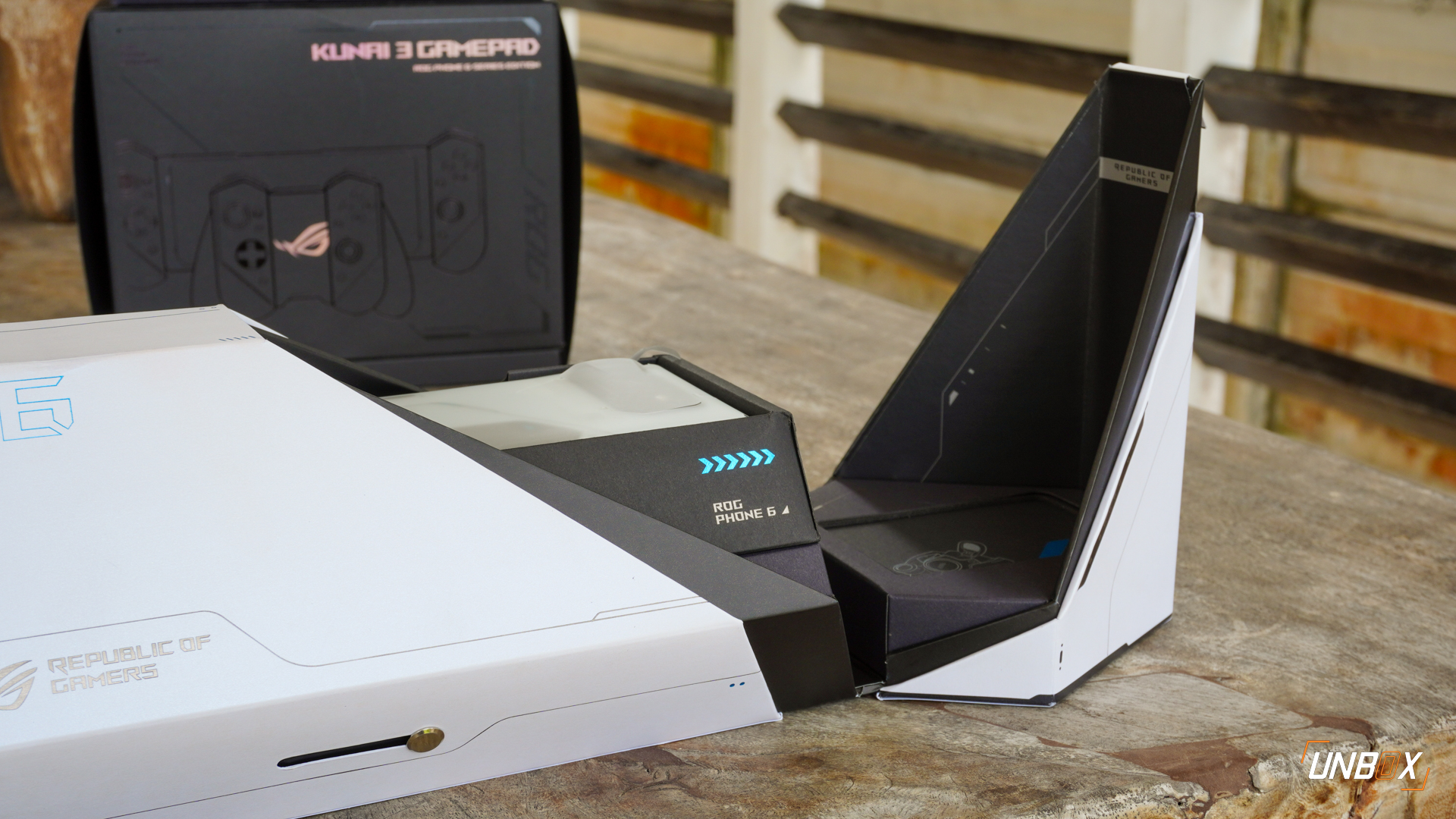
Staying consistent with its space aesthetic, the box opens like how an airplane cockpit opens, immediately revealing the phone itself.
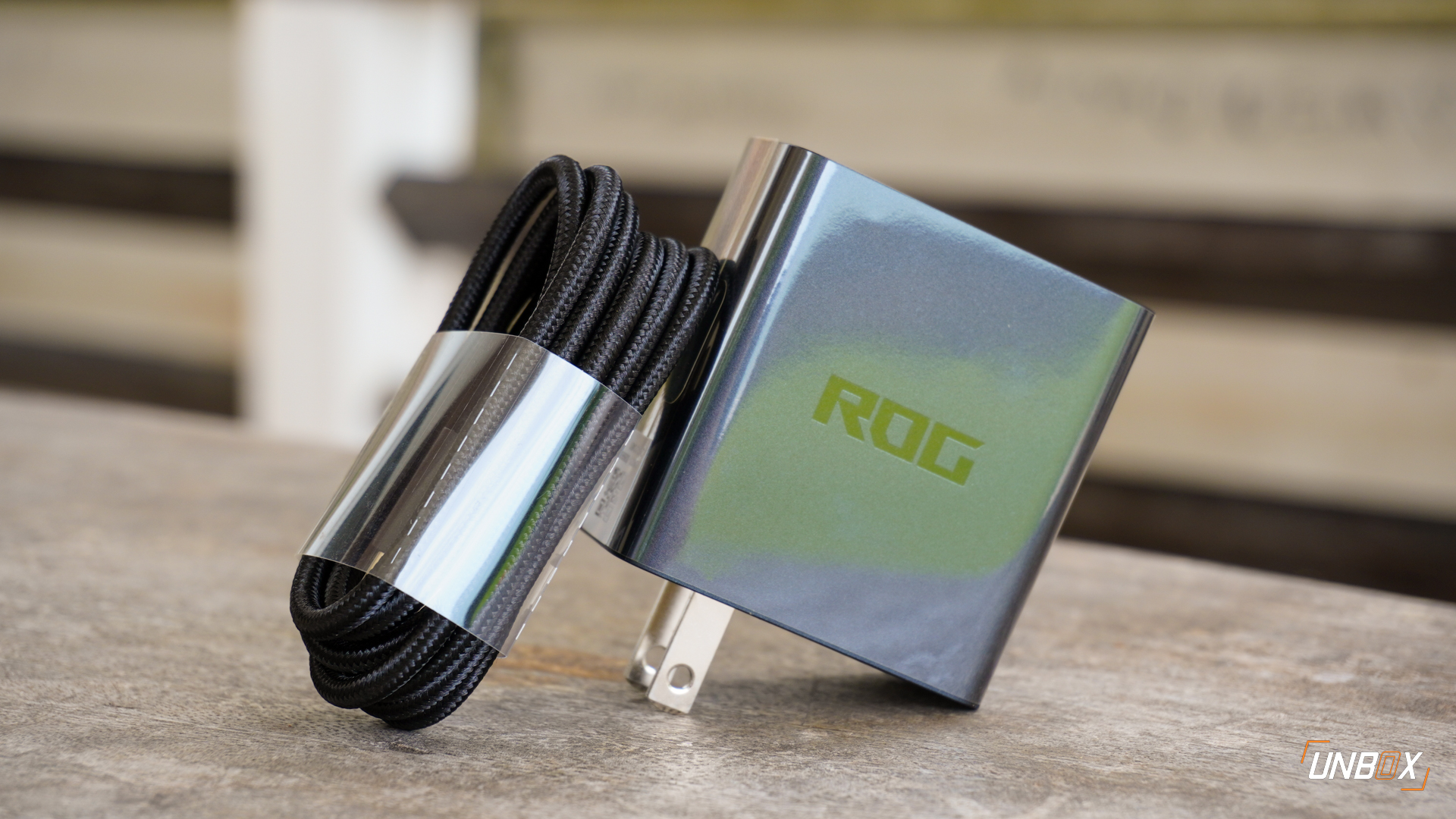
Aside from the phone, you get a ROG-branded 65w charging brick, along with a braided USB-C cable.
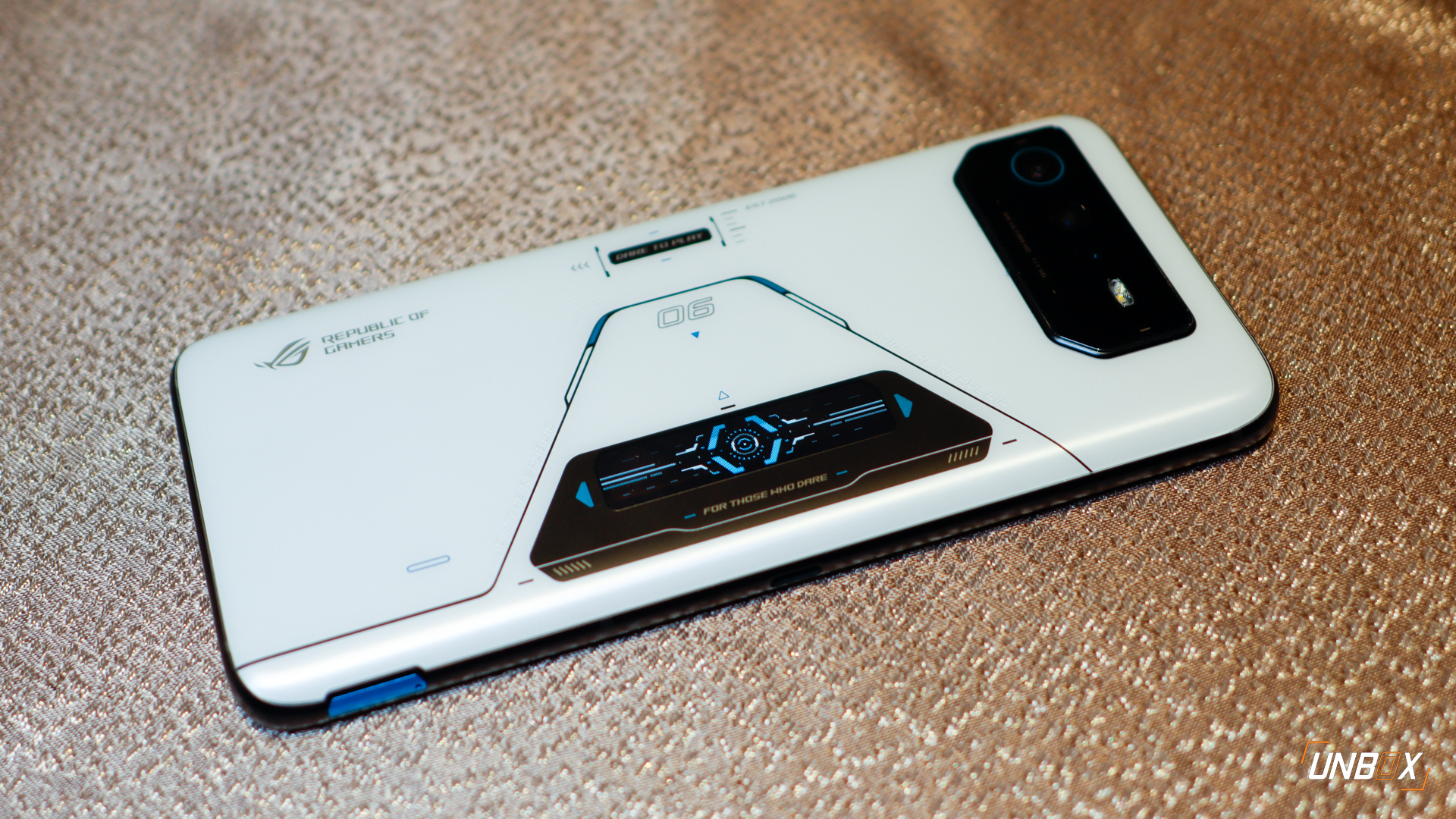
Design
While the ROG Phone 6 Pro has roughly the same dimensions as the ROG Phone 5 series, ASUS has revamped the back layout of the phone. The phone’s unique auxiliary display dubbed ROG Vision, which is located on the back, has been relocated to give it a more symmetrical look. The camera module is now larger than previous generations and protrudes farther from the chassis to accommodate a bigger main camera sensor, specifically the IMX 766.
Despite the revamped back panel design, the ROG Phone 6 Pro retains its unique gamer aesthetic, along with two USB-C ports (one on the bottom, and another one on the side) and a headphone jack. The ROG Phone 6 Pro finally gets an IPx4 rating, and it’s impressive to see ASUS add one while barely changing the button and port layout.
Like its predecessor, you still get the AirTriggers on the ROG Phone 6 Pro, though ASUS added a few new features to improve its functionality with games.
Like previous models, the ROG Phone 6 Pro has a healthy selection of accessories to suit everyone’s gaming needs. The Devilcase Guardian Case is a solid exoskeleton for the ROG Phone 6 Pro to protect it from bumps and drops, while the AeroActive Cooler 6 lets you keep the ROG Phone 6 Pro’s temps stable while offering additional triggers and fancy RGB lighting.
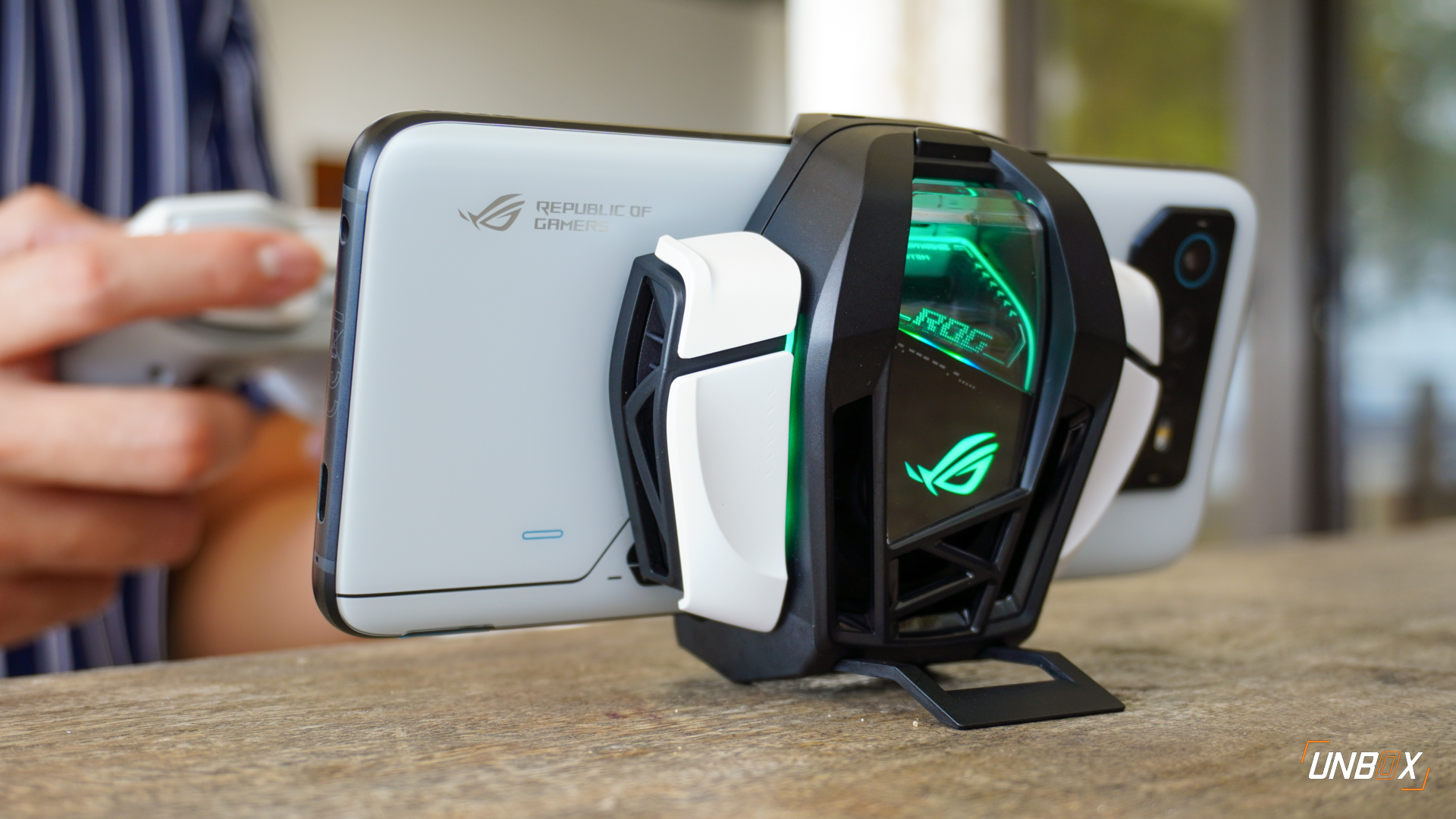
The Kunai 3 GamePad, which is now available in white, lets you transform the ROG Phone 6 Pro into a portable gaming console with its attachable game controllers via an exoskeleton frame. Users can utilize both the Kunai 3 GamePad and AeroActive Cooler 6 by using the former as a stand for the ROG Phone 6 Pro and connecting the latter wirelessly via Bluetooth.
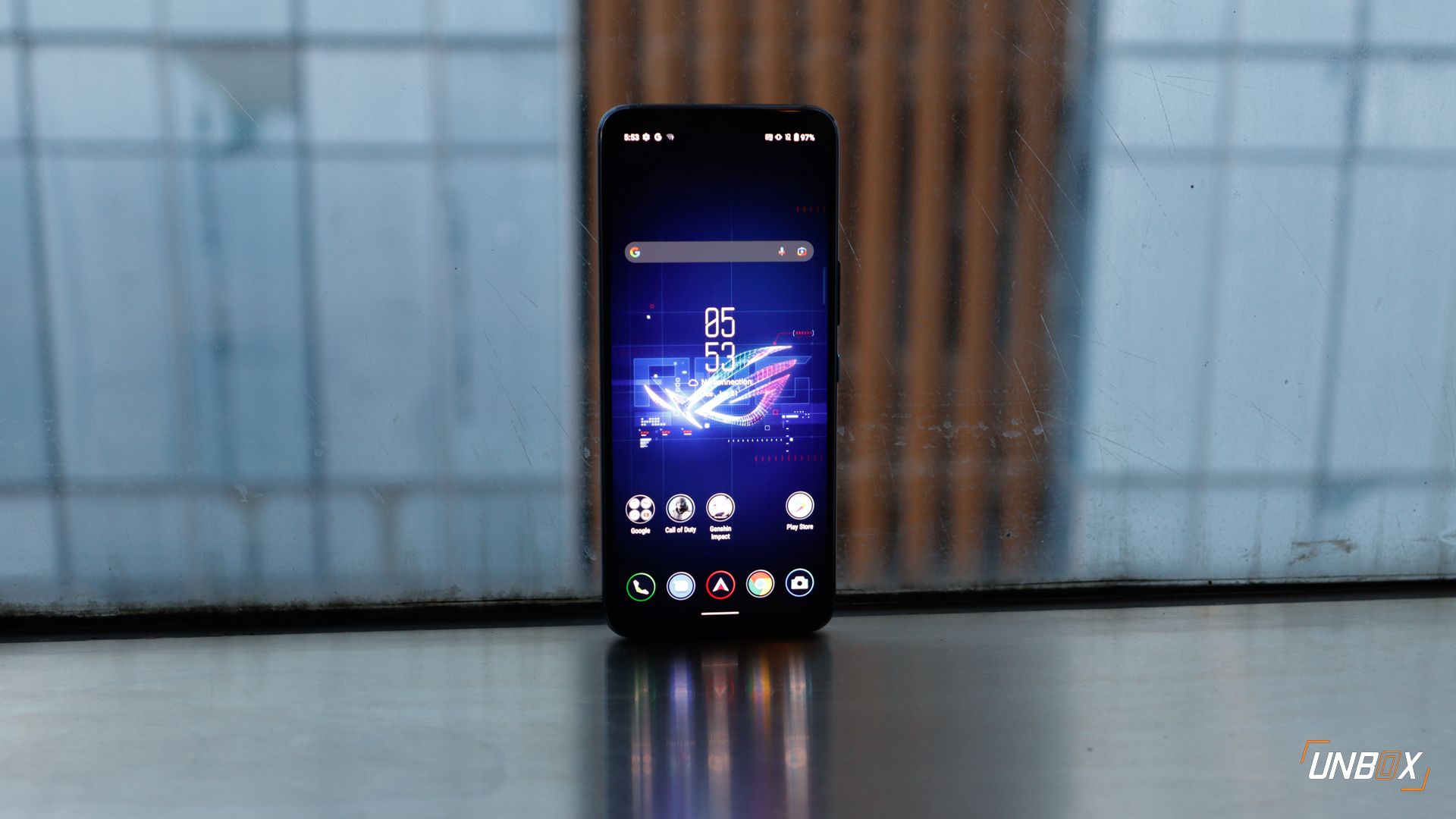
Display
While it appears that you are getting the same display as the ROG Phone 5s Pro, the ROG Phone 6 Pro bumps up the refresh rate to 165hz, while the touch response rate is increased to 720hz. Those two metrics are crucial for hardcore mobile gamers.
During our initial time with it, we felt the increased responsiveness of the ROG Phone 6 Pro’s improved touch response rate, especially when playing games like Genshin Impact on it. Just like its predecessor, ASUS keeps the display free of any notches and punch-holes, placing the selfie camera and speakers within the skinny top and bottom bezels.
Save for the improvement in the input response, the ROG Phone 6 Pro has the same stellar color accuracy and comprehensive color gamut coverage that makes playing games and consuming video a pleasure. The phone still has excellent audio to go with its awesome screen, thanks to the two front-facing speakers on it.
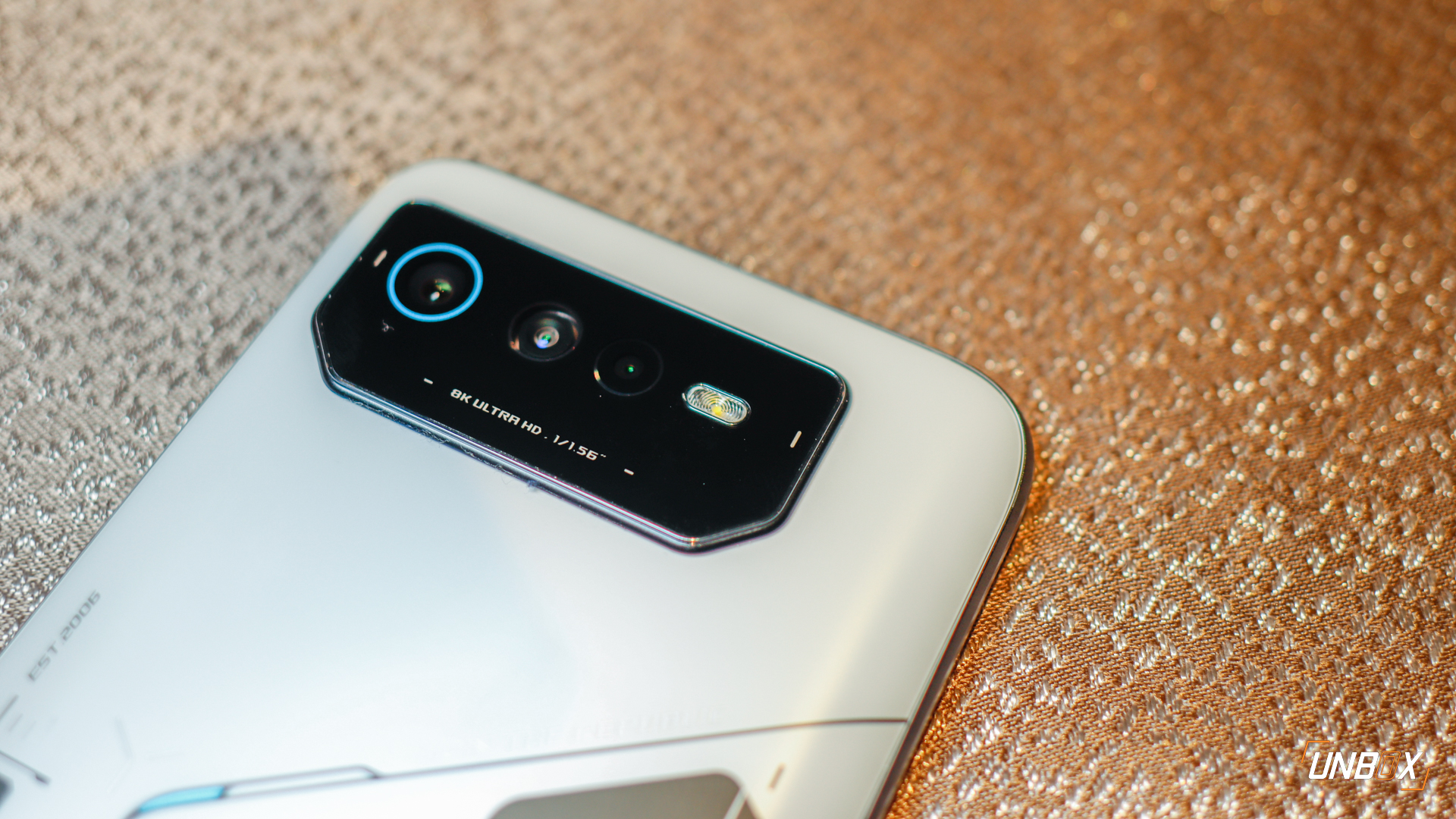
Cameras
While gaming phones are not really meant for photography, ASUS decided to give a big upgrade to the ROG Phone 6 Pro by outfitting it with a 50-megapixel IMX 766 sensor for the main camera. Despite having a lower resolution, the IMX 766 is physically bigger than the camera sensors used on previous ROG Phones, which prompted ASUS to incorporate a bulging camera module on the ROG Phone 6 Pro.
Since you get the latest hardware and a flagship processor, the ROG Phone 6 Pro can shoot up to 8K30 video, along with the ability to shoot 4K at up to 120FPS. While you don’t get OIS, the ROG Phone 6 Pro supports EIS.
Taking care of selfies is a 12-megapixel IMX 663 sensor that’s housed in the ROG Phone 6 Pro’s slim top bezel.
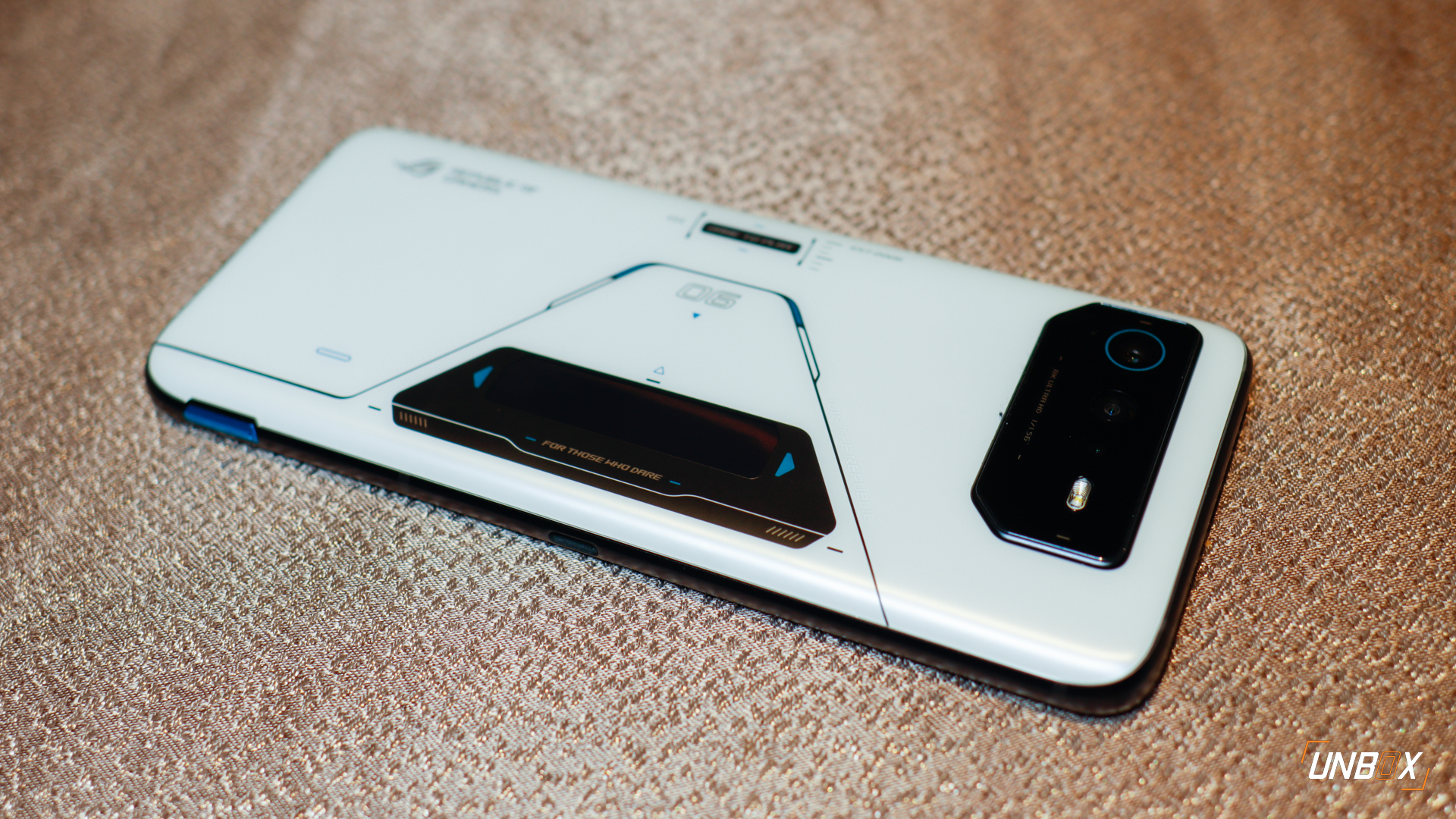
Internals
Powering the ROG Phone 6 Pro is the Snapdragon 8+ Gen 1 processor, and configuration options include up to 18GB LPDDR5 RAM and up to 512GB UFS 3.1 storage. It’s interesting to see ASUS skip on the Snapdragon 8 Gen 1 and went for the newer Plus version, and one of the benefits of the newer flagship chip is that it is made using TSMC’s newest manufacturing process, along with higher clock speeds for its performance cores.
We have yet to run the ROG Phone 6 Pro with our usual crop of benchmark tests, but we experienced a flawless performance while running Genshin Impact at the highest possible settings. Compared to our experience with phones that used a Snapdragon 8 Gen 1, the ROG Phone 6 Pro did not get warm immediately even after running end-game content–which consists of intense, competitive gaming for 10 minutes.
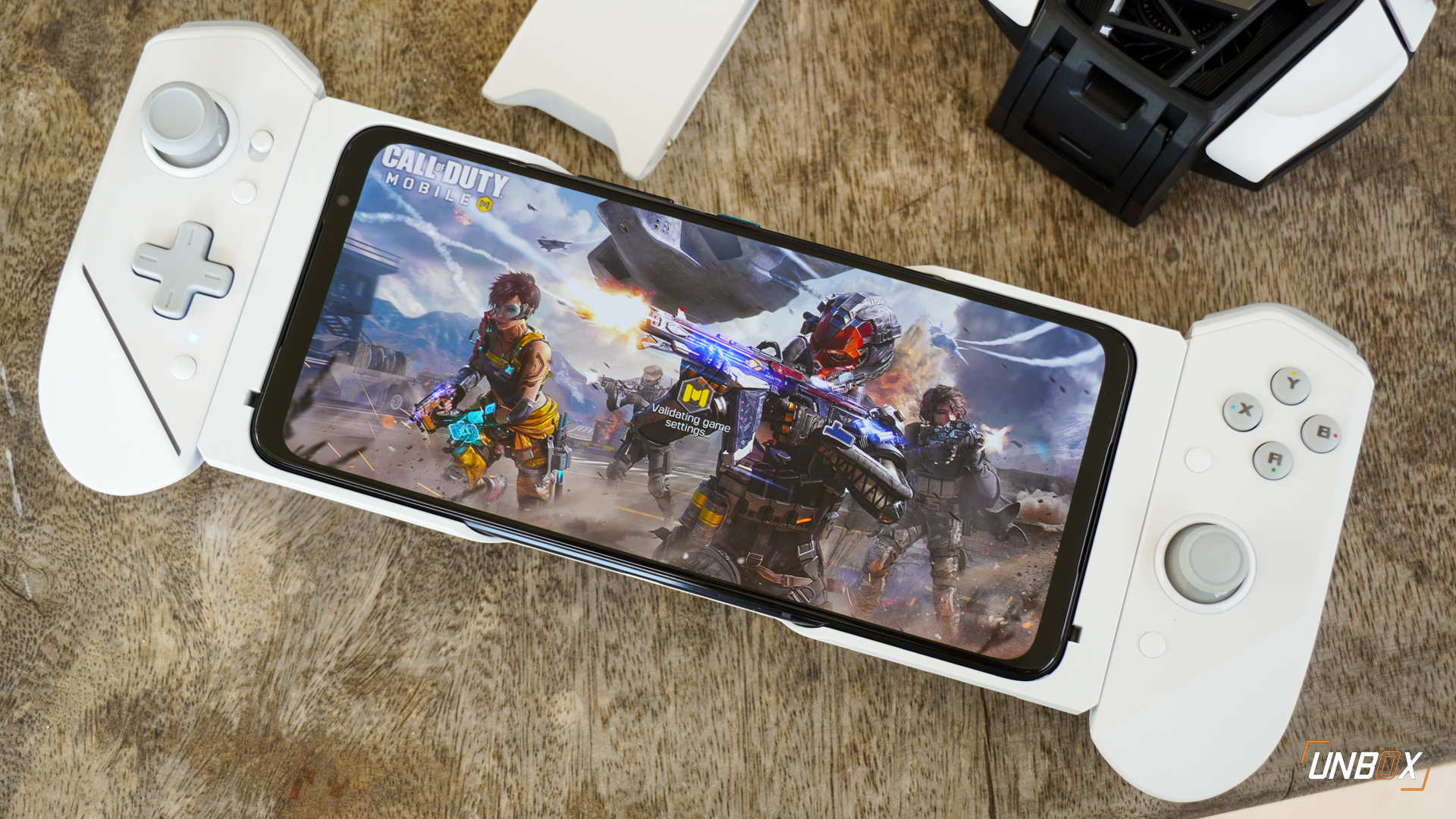
The ROG Phone 6 Pro comes with Android 12 out of the box, along with ROG-specific tweaks that aid in maximizing its gaming performance–along with seamless support for its plethora of accessories.
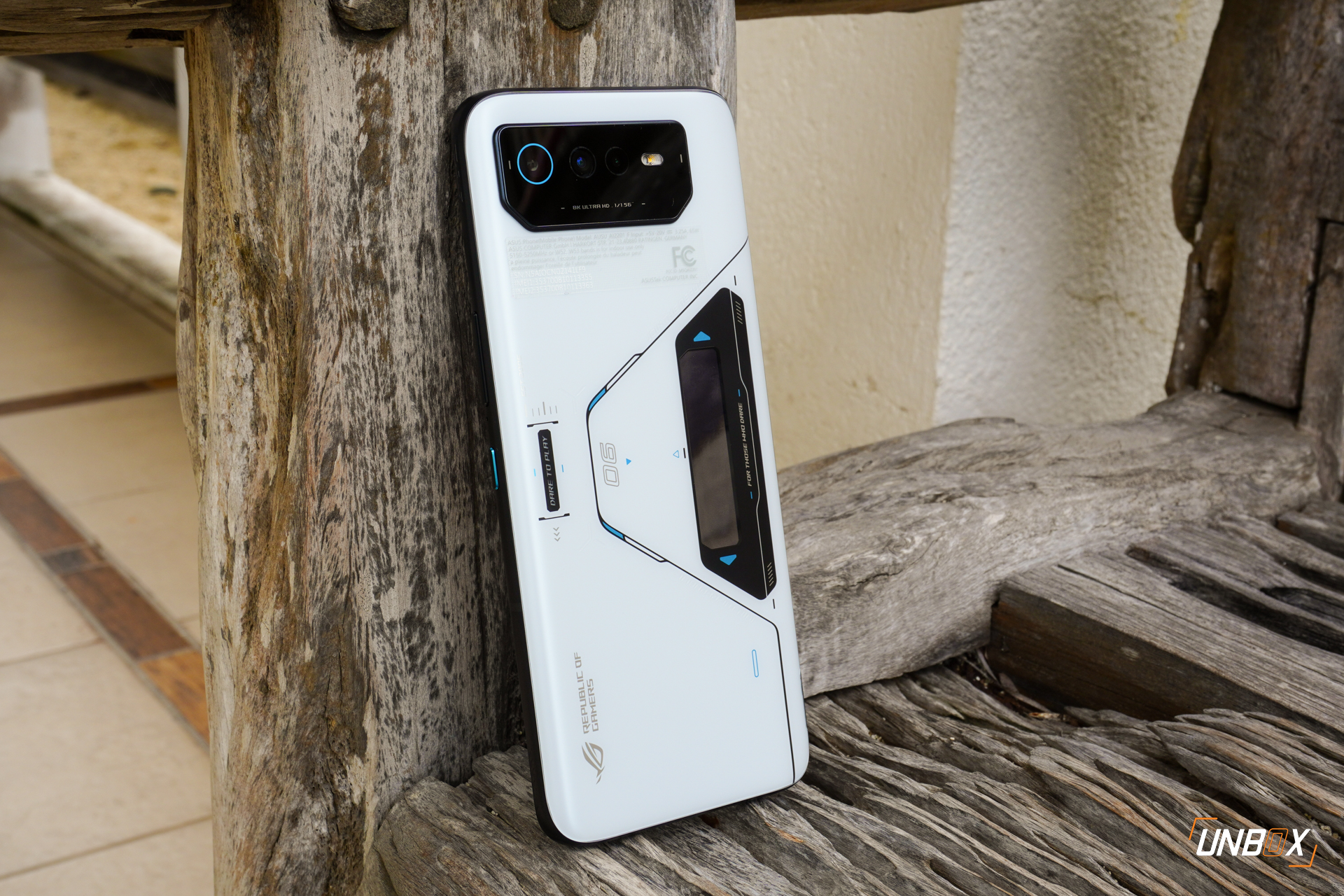
Like its predecessor, keeping the lights on is a 6000mAh battery that supports 65w wired charging on either USB-C port. Wireless charging remains to be absent, and we wish the ROG Phone 6 Pro did have support for it–considering its potential asking price.
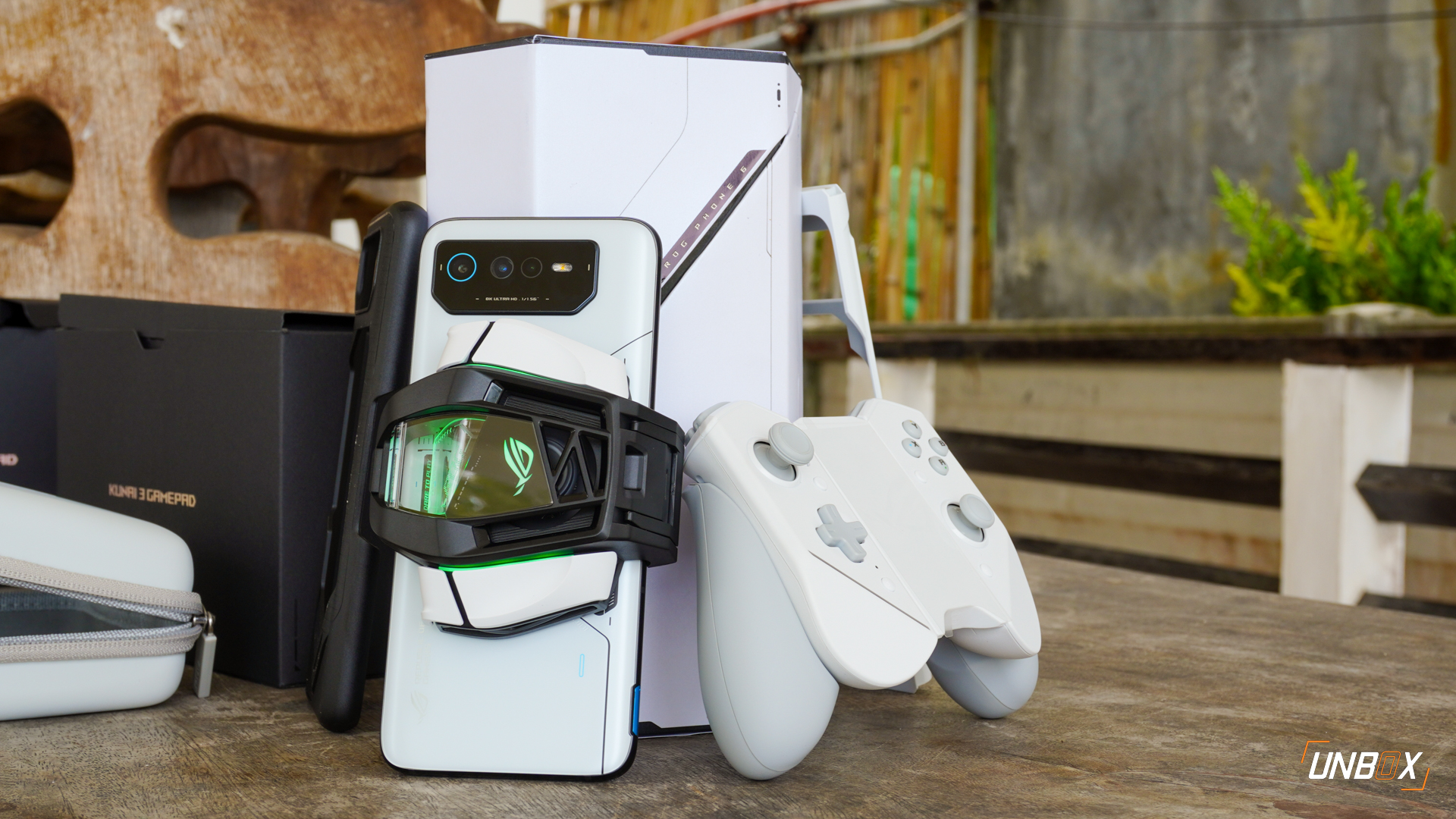
Wrap-up and Initial Verdict
While it took a while, ASUS puts a lot of promise with the ROG Phone 6 Pro in establishing itself as the gaming phone to beat in the Philippines. ASUS managed to incorporate a few improvements on the ROG Phone 6 Pro–all while keeping the size and form factor the same as previous models.
With all the features the ROG Phone 6 Pro has to offer, we expect it to be expensive once it becomes official in the Philippines. For reference, the ROG 5s Pro last year was priced close to Php 60k, while the European price of the ROG Phone 6 Pro is around Php 74.2k when converted.


